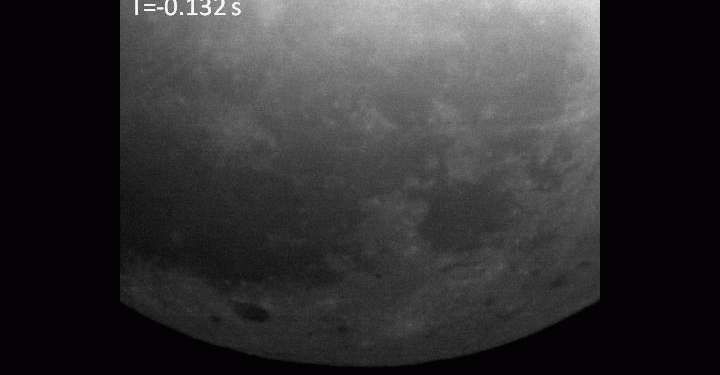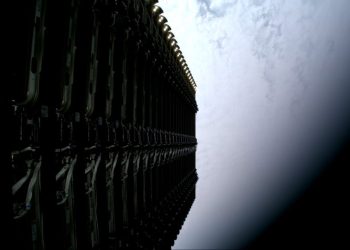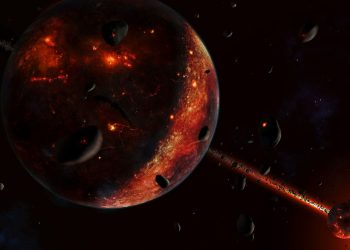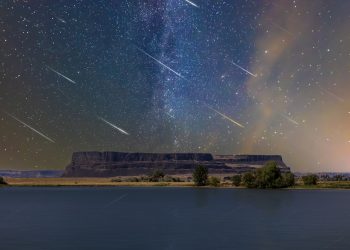On the night of April 19, 1787, astronomer William Herschel note a light that lasts for hours as bright as the Orion Nebula emanating from the new and unenlightened moon. He had likely witnessed a “transient lunar phenomenon” (TLP) – a short-term change in the appearance of part of the lunar surface.
TLPs include clarification, reddish or purple spots And foggy places. In fact, some 3,000 TLPs have been documented over the past two millennia by people wielding telescopes, cameras or just good vision, said Antoine Cooklecturer in physics at Aberystwyth University in the United Kingdom
From milliseconds to hours
Ultra-fast flickers – those that last less than a minute – are probably due to meteoroid strikes, Masahisa Yanagisawaprofessor emeritus at the University of Electro-Communications of Japan, told Live Science in an email. Meteoroids weighing more than 0.44 pounds (0.2 kilograms) – about the weight of a billiard ball – produce fleeting flashes of light when they hit the lunar surface. The flashes themselves come from the energy of impacts which heats rocks on the surface of the Moon, making them glow until they cool.
While such lunar impact flashes (LIFs) were long suspected to be flickers, scientists were not able to definitively identify them until the 1990s, when high-speed video cameras became readily available for lunar monitoring, Yanagisawa said. Yet even then, he added, the short duration of the flashes meant that factors such as electrical noise in the cameras could not be ruled out.
Confirmation of a flash therefore involved simultaneous observations from two or more distant locations. Despite these constraints, Yanagisawa said, “some flashes were first confirmed during the Leonid meteor shower in November 1999,” which he documented in a 2002 study published in the journal Icarus.
Since then, hundreds of other LIFs have been officially recorded by projects such as the Near-Earth Object Lunar Impacts and Optical Transients project, funded by the European Space Agency (NELIOTE) program. NELIOTA recorded 193 FRVs over nine years, and one map One of them suggests that the flashes occur in specific hot spots, like the Oceanus Procellaruma potentially tectonically active lunar region.
However, the project’s principal investigator, Alexios Liakosassociate researcher at the National Observatory in Athens, said this apparent trend is observational bias. In fact, a Study 2024 he co-wrote and showed that the moon is hit “almost homogeneously by meteoroids,” he told Live Science in an email.
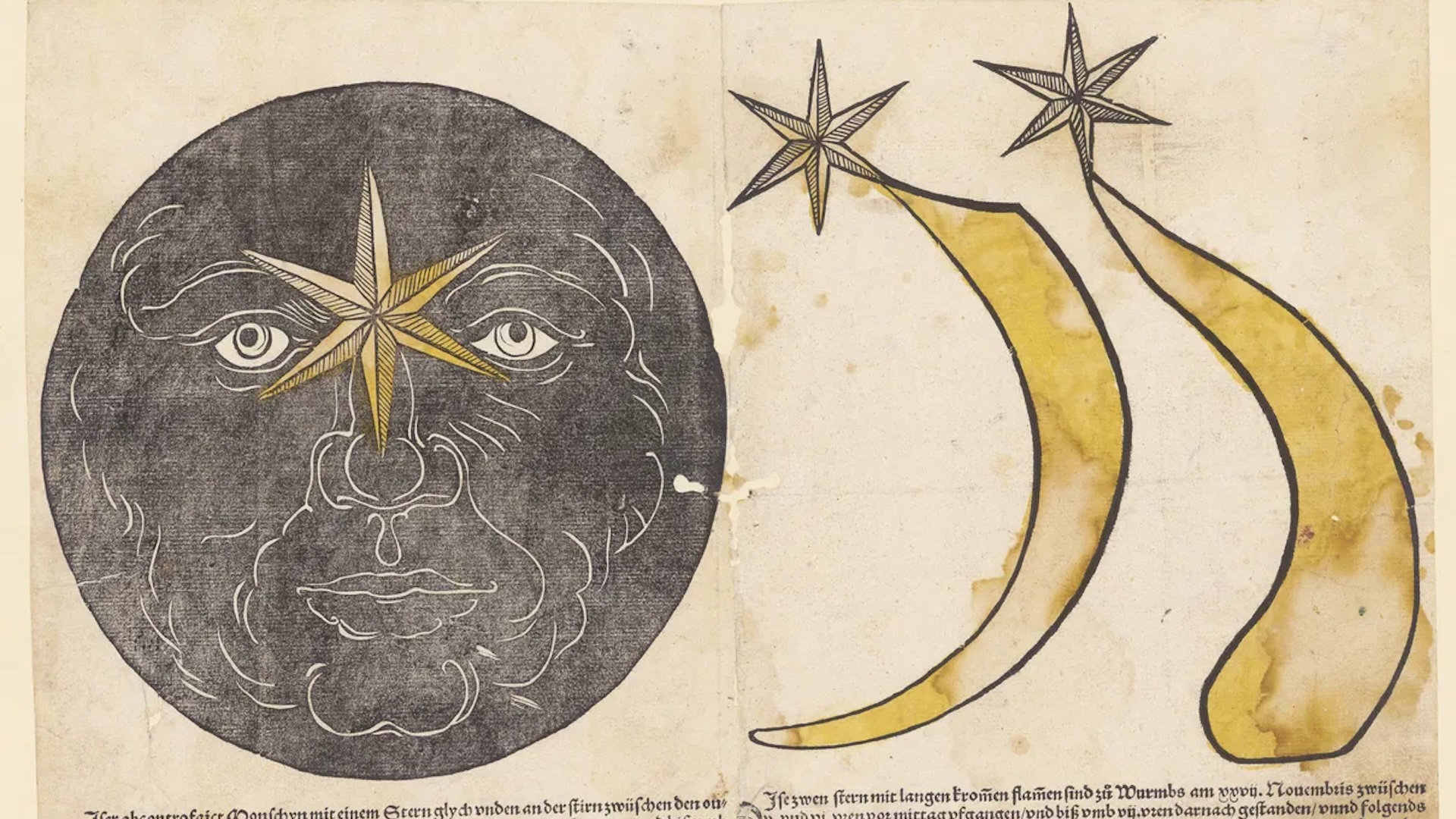
On the other hand, lunar lights which last a few minutes can come from radon gas released from the interior of the Moon. A pair of studies published in 2008 And 2009 in The Astrophysical Journal suggest that such outgassing occurs when gas accumulated beneath the moon’s surface is explosively released by triggers such as “moonquakes.” Radioactive radon generates light as it decays, making it visible from Earth. Additionally, locations where longer-lasting lights have been observed largely overlap with areas of high radon concentrations.
But some lights on the moon – like those observed by Herschel – last for hours. Such observations could be indirectly associated with the Moon, according to one 2012 study. The study suggested that the solar wind – the stream of charged particles emanating from the sun – ionizes lunar dust particles, throwing them into huge clouds 100 kilometers high. These clouds can refract light from stars or other bright objects that appear near the moon in the sky, apparently illuminating the lunar surface.
However, some researchers, such as Liakos, dispute the existence of long TLPs. “The only longer (and not long) events I’ve observed are satellites passing through the lunar disk,” Liakos said, adding that he hasn’t seen any long-lived TLPs while observing the night side of the Moon since 2017.
However, if you ever see a light on the moon, take note. It could be an illusion of light reflected from a satellite, but there’s a good chance it’s a TLP.


